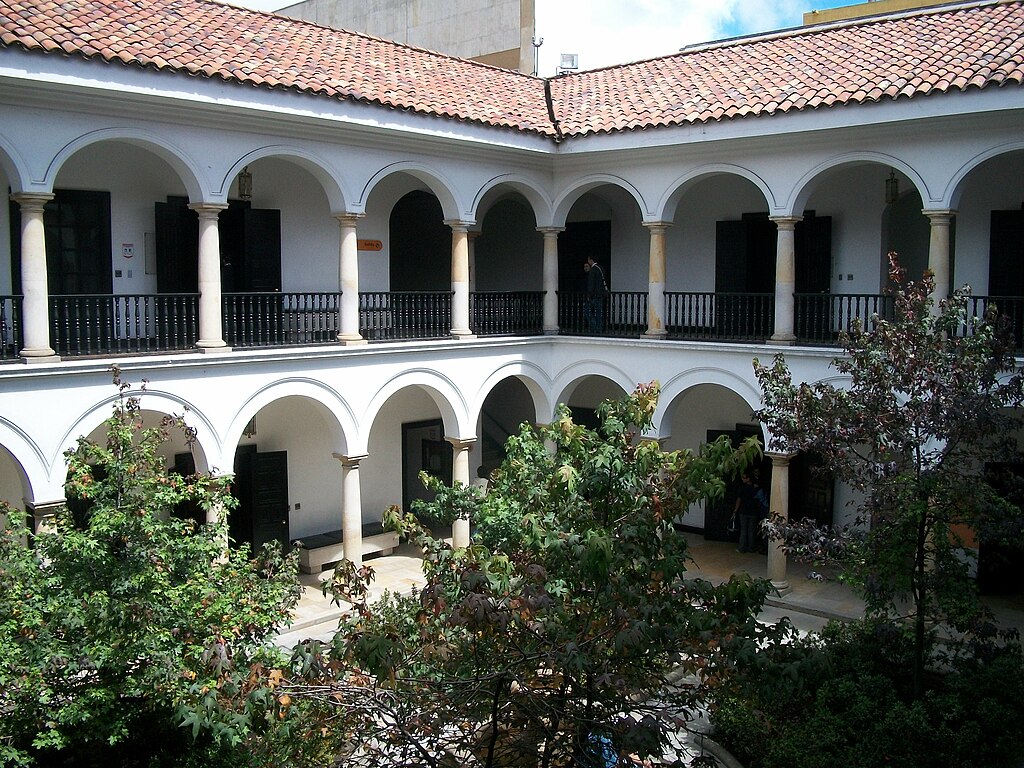
The National Archaeological Museum in Athens maintains some of the most famous Greek masterpieces from a variety of archaeological locations in Greece.
Considered one of the greatest museums in the world, it has a splendid collection of artifacts from prehistory to late antiquity.
A Virtual Tour of the National Archaeological Museum, Athens
- Mask of Agamemnon
- Artemision Bronze
- Bronze Statuette of Athletic Spartan Girl
- Phrasikleia Kore
- Antikythera Mechanism
- Jockey of Artemision
- Antikythera Youth
- Head of a Cycladic Statue, Keros-Syros Culture
Highlights of the National Archaeological Museum, Athens
The National Archaeological Museum contains many masterpieces of art, archaeology, and objects of historical significance.
Mask of Agamemnon
The “Mask of Agamemnon” is one of the most famous gold artifacts from the ancient Greek Bronze Age. The Mask was discovered in 1876 by Heinrich Schliemann during excavations at Mycenae in Greece. This remarkable historical object is a gold leaf funeral mask that was found over the face of a body in a burial shaft in the Mycenaean Citadel.
Artemision Bronze
The Artemision Bronze represents either Zeus, the ancient Greek king of the gods of Mount Olympus, or possibly Poseidon, the God of the Sea. This sculpture is a rare, ancient Greek bronze sculpture that was recovered from the sea off Cape Artemision, Greece. Created in the early Geek Classical Period of 460 BC, this masterpiece is the embodiment of beauty, control, and strength.
Antikythera Mechanism
The Antikythera mechanism is an ancient Greek analog computer and mechanical model of the solar system used to predict planetary positions and eclipses. Discovered in 1902 in a shipwreck off the coast of the Greek island of Antikythera, which is located between Crete and Peloponnese. The mechanism was designed and constructed by Greek scientists at about 100 BC to 200 BC. It has been suggested that the Antikythera Mechanism was lost in the shipwreck while being taken to Rome, together with other looted Greek treasures, to support a triumphal parade being staged by Julius Caesar.
Jockey of Artemision
The Jockey of Artemision is a bronze statue of a boy riding a horse, dated to around 150 BC. It is a rare surviving original bronze statue from Ancient Greece; it is rare because most ancient classical bronzes were melted down for their raw materials during periods of warfare and strife. This Greek masterpiece, as with other famous classical bronze statues that were saved from destruction, was lost in a shipwreck sometime in antiquity, before being discovered in the modern era.
Antikythera Youth
The Antikythera Youth is a 330 BC bronze statue of a young man discovered in 1900 by sponge-divers in the area of the ancient Antikythera shipwreck off the island of Antikythera, Greece. It was the first of the series of Greek bronze sculptures discovered in the Aegean, which fundamentally altered the view of Ancient Greek sculpture. The statue was retrieved as multiple fragments and had to be restored in stages.
Head of a Cycladic Statue, Keros-Syros Culture
This head of a Cycladic Statue is similar to the ancient Cycladic art that flourished in the islands of the Aegean Sea from c. 3300 to 1100 BCE. The Cycladic culture is one of three dominant Aegean cultures along with the Minoan and Mycenaean civilizations. This marble head highlights the critical sculptured features of the nose, ears, and mouth. The face is typical of the elongated oval Cycladic faces and is set on a long neck, which may have been broken off a larger body. The sculpture has evidence of painted eyes and red vertical striations on the right check.
Phrasikleia Kore
The Phrasikleia Kore is a funerary statue created about 550 BC. The inscription suggests, it depicts a young woman who died unmarried and therefore is forever a maiden. She stands erect and wearing a long peplos, which was decorated with colored flowers and meanders. Around her waist, she wears a girdle. The front of her feet and sandals are visible. Her right arm hangs down and firmly pulls on her peplos as if making an introduction. Her left arm is held in front of her chest and holds a still-unopened lotus flower. On her head, she wears a garland of flowers, round about her neck a necklace, and on each arm a bracelet.
National Archaeological Museum
- Name: National Archaeological Museum
- Greek: Εθνικό Αρχαιολογικό Μουσείο
- City: Athens
- Country: Greece
- Established: 1829
- Type: Archaeology & Art Museum, Historic Buildings & Site
- Address: 28is Oktovriou 44, Athina, Greece
National Archaeological Museum Map
Explore Museums in Athens
- Acropolis Museum
- National Archaeological Museum
- Benaki Museum
- Goulandris Museum of Cycladic Art
- Byzantine and Christian Museum
- Hellenic Motor Museum
- National Historical Museum, Athens
- Museum of the Ancient Agora
- Syntagma Metro Station Archaeological Collection
- Numismatic Museum of Athens
- Athens War Museum
- Jewish Museum of Greece
- Athens University Museum
Athens, Greece: National Archaeological Museum
“Antikythera” – National Archaeological Museum in Athens, Greece
The National Archaeological Museum of Athens
~~~
“Time is the wisest counselor of all.”
– Pericles
~~~
Photo Credit: JOM
Popular this Week








 Sponsor your Favorite Page
Sponsor your Favorite Page SEARCH Search for: Search Follow UsJoin – The JOM Membership Program
Sponsor a Masterpiece with YOUR NAME CHOICE for $5
Share this:
- Tweet
